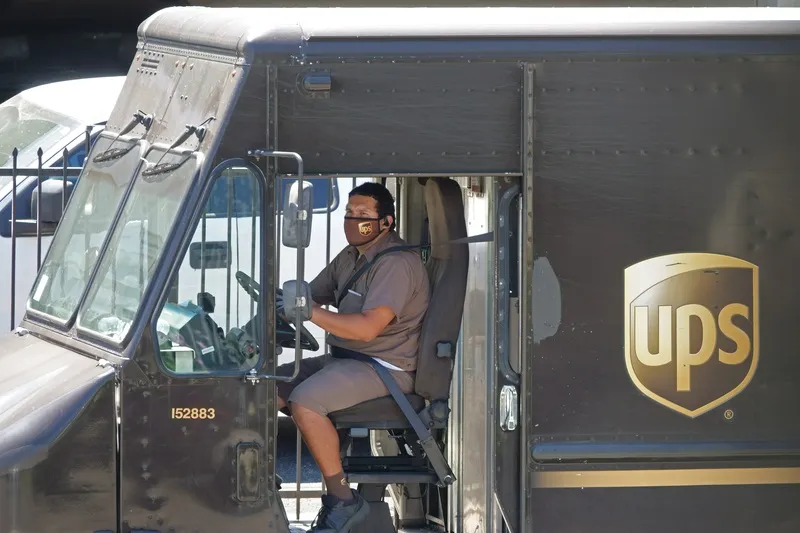This weekend, 451 Washington State Department of Transportation (WSDOT)
maintenance crews plan to install 1875 Astucia SolarLite solar-powered road
studs as part of a test project on the centerline of a stretch of SR 530
which has a history of run-off-the-road collisions. Depending on the
results of the tests and available funding, WSDOT says it will consider
investing in additional test areas on other roadway surfaces or
situations.
The solar-powered LED road reflectors, from
UK-headquartered Astucia, part of the 557 Clearview Traffic Group,
automatically illuminate from dusk to dawn to provide ten times greater
visibility for drivers than traditional retro-reflective studs which are
limited by the vehicle’s headlight beam.
“We often hear from
drivers who are concerned about visibility in rain and snow,” said Dave
McCormick, WSDOT assistant regional administrator for maintenance and
operations. “We’re excited to test this cutting-edge technology to see
whether it helps improve visibility and safety for drivers. If we get
good results, we will look into using the reflectors on future safety
projects.”










